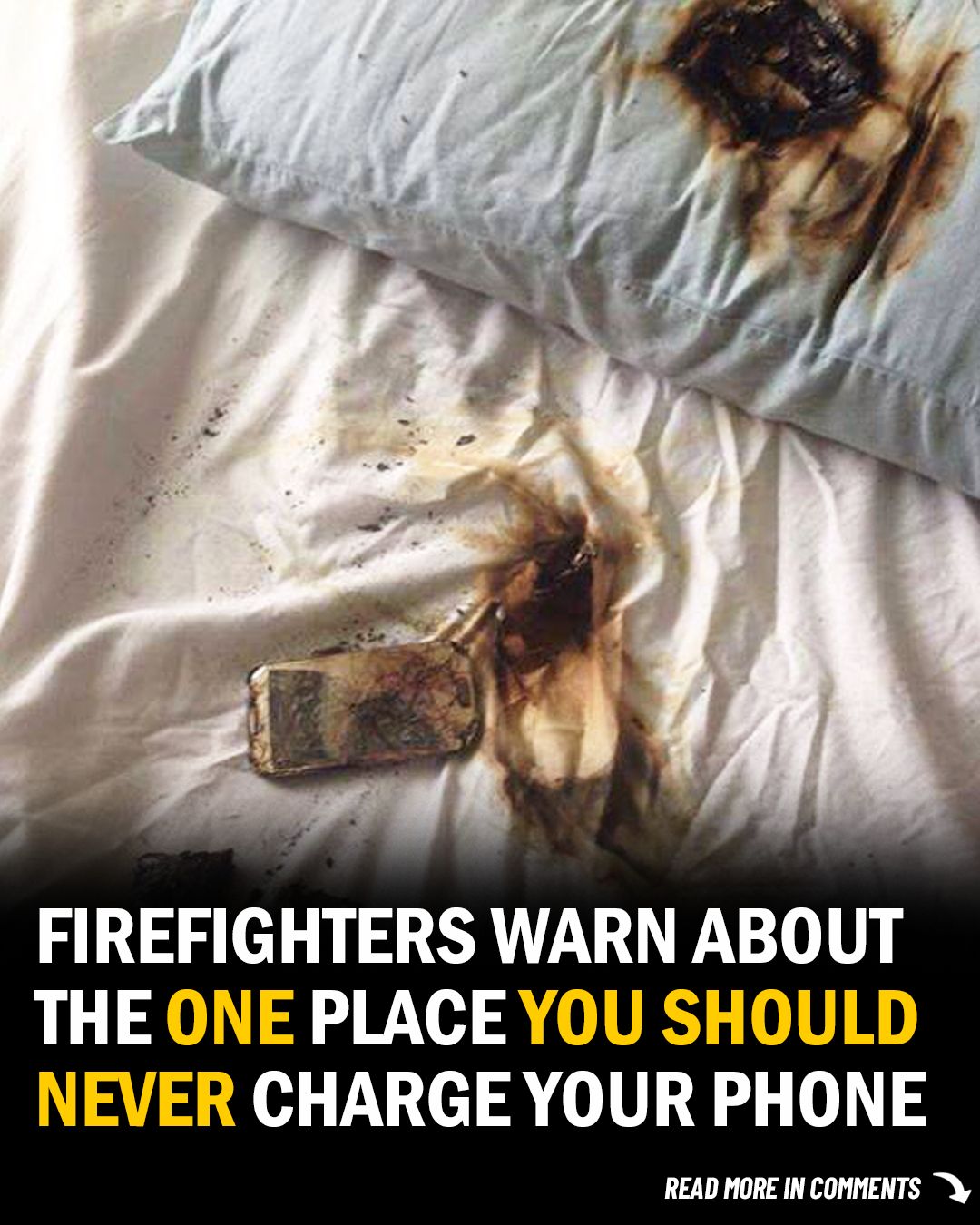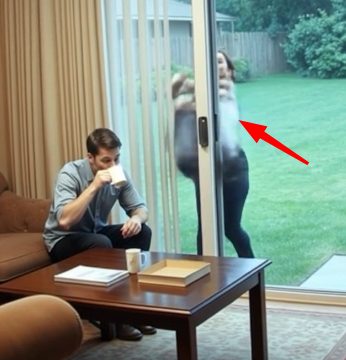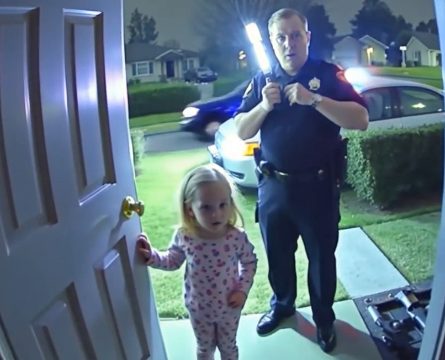Every night, millions of people go to sleep while charging their iPhones—and most don’t realize they’re making a potentially dangerous mistake. Firefighters across the UK have raised alarms about a common habit that could put your entire home at risk: charging your iPhone under your pillow.
According to Clean Air UK, one of the leading voices in fire safety, this seemingly harmless routine is actually one of the top fire hazards in British households. The problem comes down to a mix of heat-trapping materials and the nature of lithium-ion batteries, which are commonly found in smartphones, tablets, and laptops.

Firefighter Mark Sutherland explains, “We’re seeing an increasing number of house fires started by phones overheating under pillows and bedding. People assume their phones are safe, but when heat can’t escape, batteries can overheat, swell, and even explode. By the time you smell smoke or feel heat, the fire has likely already spread.”
The situation is far from hypothetical. In November 2022, a family in Buckinghamshire experienced a terrifying wake-up call when their phone charger, left on the bed overnight, sparked a fire. The bedding quickly caught flame, and the blaze caused extensive damage before it could be contained.
What makes this scenario so dangerous is the speed at which it unfolds. Lithium-ion battery fires can reach temperatures above 600°C (over 1100°F) in just minutes—more than enough to ignite flammable items nearby. And if this happens while you’re asleep, your reaction time is severely limited.
The London Fire Brigade reports that more than half of accidental home fires are now caused by electrical issues, with overnight charging being a leading contributor. It’s not just about where you charge your phone—how and with what you charge it also plays a crucial role in preventing fires.
Other Dangerous Charging Mistakes to Avoid
Charging your phone under a pillow isn’t the only risky habit. Clean Air UK and fire safety officials have identified several common charging mistakes that could spell disaster if ignored:
-
Using Cheap Knock-Off Chargers: Counterfeit or generic chargers may seem like a bargain, but they often lack the basic safety mechanisms needed to prevent overheating and short-circuiting. A study by Electrical Safety First found that 98% of fake Apple chargers failed essential safety checks.
-
Overloading Power Outlets: Plugging too many devices into a single socket or power strip can lead to overheating and sparks. Firefighters strongly recommend the “one plug per socket” rule and suggest using surge-protected extension cords if needed.
-
Leaving Devices Plugged in Overnight: Many older or low-quality chargers don’t automatically stop charging once your device is full, increasing the risk of overheating. Unplug devices once they’re fully charged to avoid unnecessary exposure to heat.
-
Charging on Soft Surfaces: Just like a pillow, surfaces like couches, carpets, or blankets trap heat. This restricts airflow around the device, allowing heat to build up and potentially trigger a fire. Always charge on a solid, flat, and non-flammable surface—like a wooden desk or nightstand.
-
Using Damaged Cables: Frayed or exposed wires are a recipe for electrical shorts. If a spark jumps from the wire to something flammable—like curtains or bedding—it can ignite in seconds. Replace worn cables immediately.





